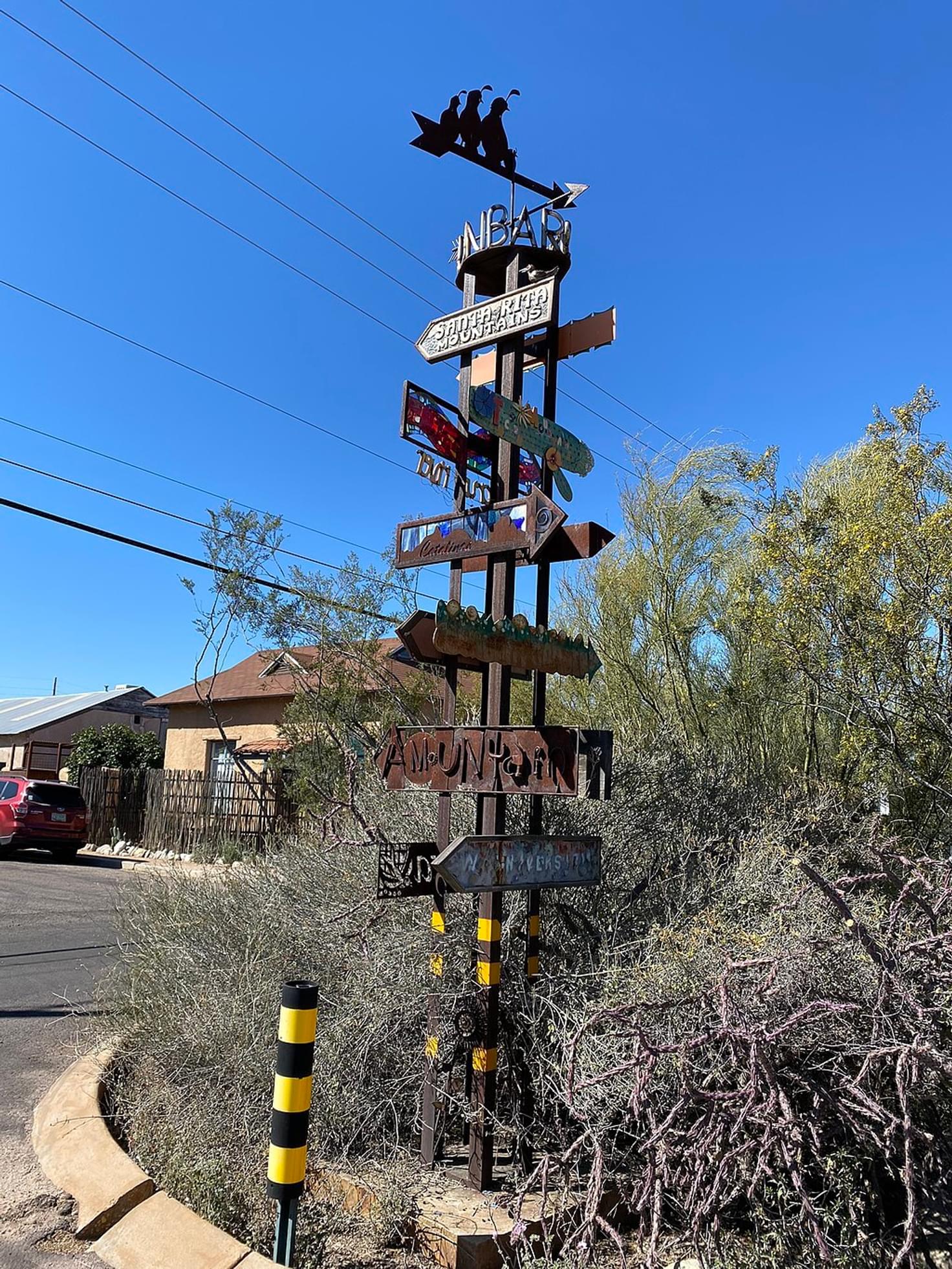
Words by Tess Becker
A neighborhood outside of Tuscon, Arizona, called Dunbar Springs, has become an urban forest of sorts, with unpaved roads surrounded by food-bearing plants that are watered using rainwater diverted from the streets. The entire idea was to create an urban food forest that could serve as a natural pantry for the community.
It all began about 30 years ago and serves as a tool to deal with climate change and rising food costs providing food for residents and roughage for livestock, plus a massive tree coverage in the third-fastest warming city in the nation. The amount of food they have is incredibly wide-ranging as well, with over 100 plant species in a single block.
“Since 1996 we’ve collaborated with our neighbors to plant over 1,600 native food- and medicine-bearing native trees and many hundreds of multi-use native understory plants,” the Dunbar Spring Neighborhood Foresters organization shares on its website.
All of that is fed by a stormwater system that irrigates the whole thing.
The original plan was just to plant weather-resistant shading trees to help alleviate some of the blistering heat in Arizona and now 30 years later its become something else entirely.
“We can plant resilient native trees that are not dependent on imported water for irrigation,” said Brad Lancaster, a resident and co-founder of the Dunbar/Spring Neighborhood Foresters organization.
“Trees shade the street, reduce heat stress and provide food for our neighborhood.”
Find out more and see how you can support the neighborhood here.